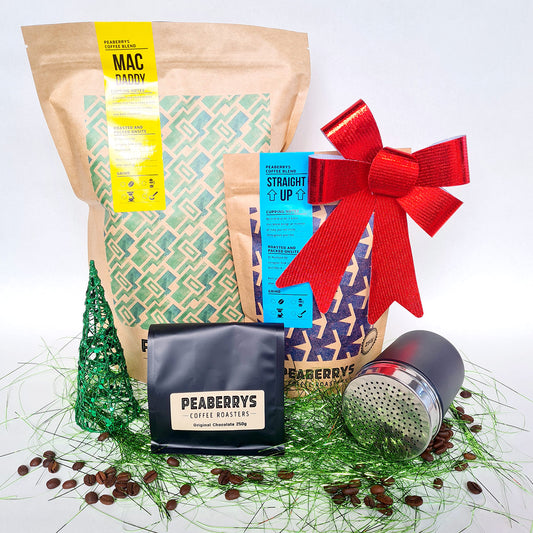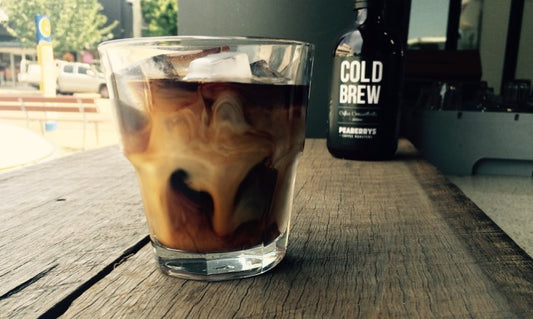We hate to break it to you, but not all coffee is created equal. And the perfect cup of coffee doesn’t just happen.
There are so many variables when it comes to coffee – origin, moisture content, age of the green coffee bean and the temperature/weather – which is why the Specialty Coffee Association of America has created a ritualised way for the industry to taste, analyse and grade the quality of different coffee beans.
If you’ve come into the coffee cellar door during lunchtime (12-1pm) on Fridays, you’ve probably heard this assessment regime in process in our training room. While the loud sniffing and slurping sounds give off the impression of a group of toddlers enjoying their first spag bowl, the process of cupping is a very strict and important part of coffee quality.
Basically wine tasting but for coffee, here’s how cupping works:
- We use beans roasted within the past 24 hours and that have rested for the last 8 hours.
- The coffee beans are tested and weighed out and then ground directly before the cupping begins. Multiple cups of each coffee feature in a cupping session so that we are better able appreciate the sample of beans.
- A cupping form on which we evaluate each sample is given to each participant in the cupping.
- First the beans are visually inspected based on their roast colour.
- The aroma or fragrance of the coffee is analysed within 15minutes of the coffee being ground. This involves a lot of loud sniffing.
- After adding water, the samples are broken and the coffee has cooled slightly, the real fun begins. The proper way to test the flavour, aftertaste, acidity, body and balance of the coffee is through slurping. Now is your chance to bring out your inner-child and pull out your finest spaghetti slurping noise. The tastings are slurped from deep-bowled spoons, swished throughout the mouth and then spat into another cup.
- The sweetness, uniformity and cleanliness are also assessed and each person records a score between 6 and 9 (0 to 6 is below specialty grade) on their form for each.
- Final scoring is added together out of 100 and the results are shared. There are no right or wrong answers.






